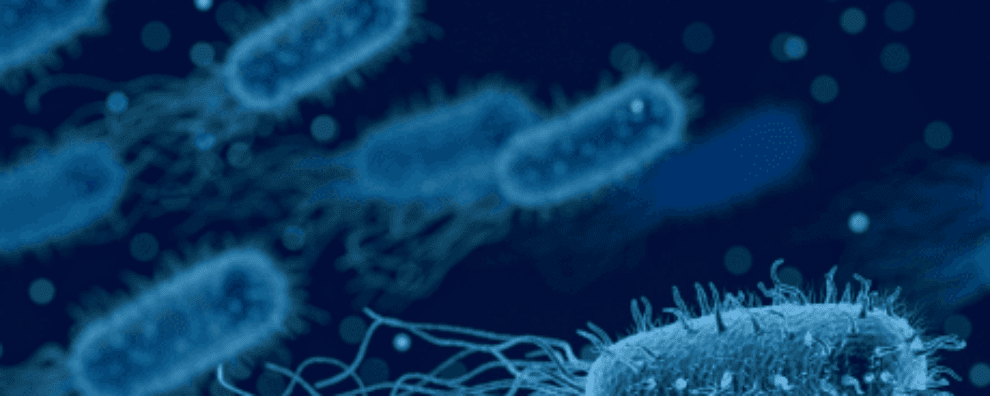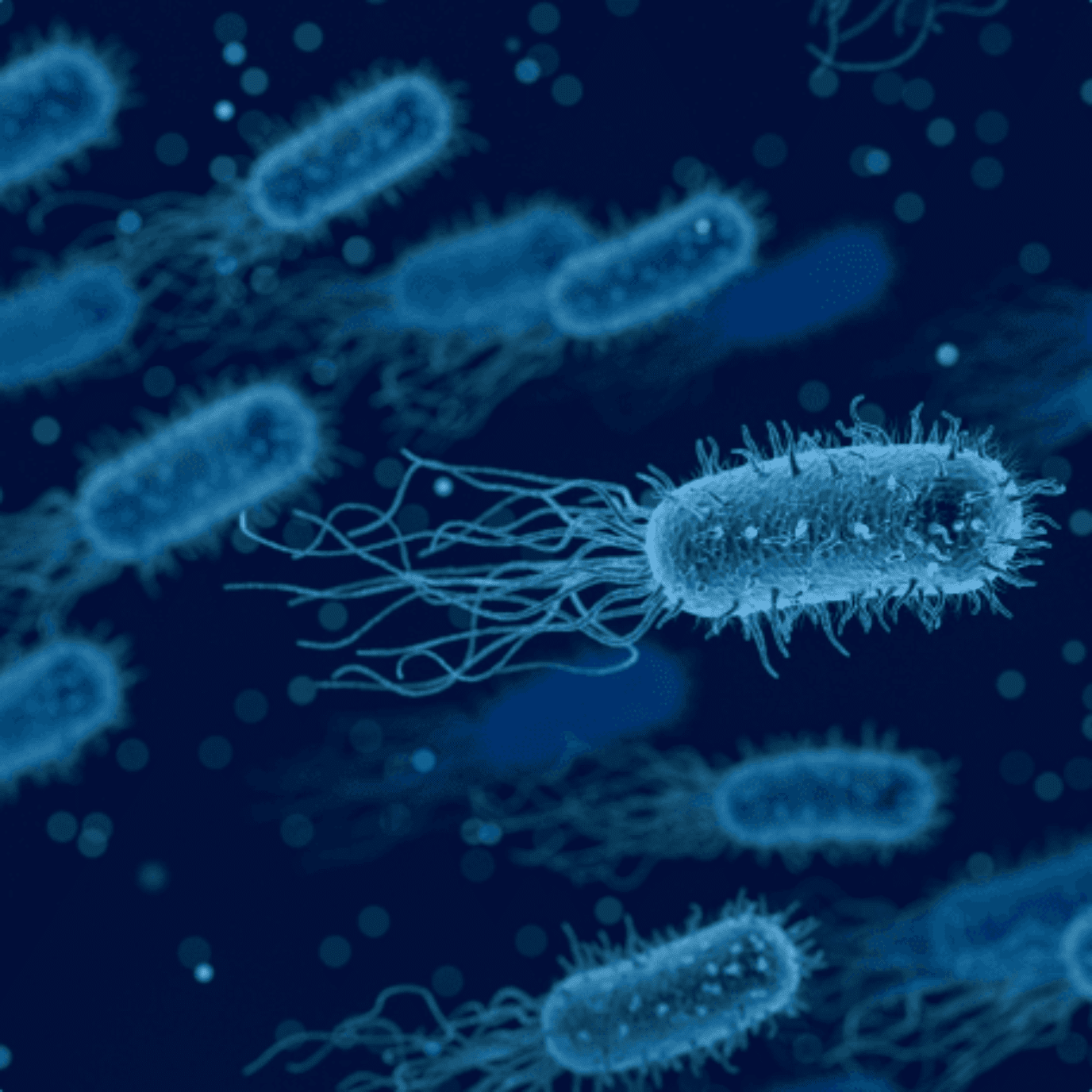 Antibody production
Antibody production
Does secondary antibody production need to be animal-dependent? How researchers are challenging conventional methodologies
Secondary antibody production has remained largely unchanged for the past decades. These molecules are still commonly produced by harvesting the serum of large animals. A practice that continues to raise important concerns regarding animal welfare. As antibody production continues to shift from animal-dependent to animal-free methods, scientists continue to surprise us in the search for better and more exciting solutions.
Challenges in secondary antibody production
Antibodies might be best known for their therapeutic properties. But their ability to recognize specific molecules has also made valuable reagents for research and diagnostics.
In assays such as ELISA, Western Blot or Immunohistochemistry, the potential of antibodies to detect and capture other molecules is commonly harnessed by pairing primary and secondary antibodies.
Primary antibodies are designed to bind to specific epitopes of an antigen, while secondary antibodies are designed to bind to primary antibodies. Thus, these two types of biomolecules need to be radically different both in sensitivity and specificity.
Traditionally, primary antibodies are monoclonal due to their ability to detect specific epitopes of an antigen. On the contrary, secondary antibodies tend to be polyclonal for several reasons:
- Increased sensitivity and robustness in comparison to monoclonal antibodies, which allows them to detect other antibodies independently of the format and conditions of a specific assay
- Ability to recognize different monoclonal antibodies from the same species, thus, a single batch of secondary polyclonal antibodies can be used in different assays reducing the cost and time needed for assay development
- Ability to bind to different regions of a primary antibody. This causes several secondary antibodies to bind to a single primary antibody leading to signal amplification
The coupling of polyclonal and monoclonal antibodies increases the efficiency of several immunoassays, however, the increased sensitivity of polyclonal molecules comes with at a cost.
The cost is a significant loss of specificity as well as a high risk of cross-reactivity, which can ultimately result in false-positive signals. Moreover, polyclonal antibodies need to be harvested by bleeding live animals, a method that continues to raise ethical concerns regarding animal welfare. UE directive on the protection of animals used for scientific purposes (2010/63/EU), urges scientists and manufacturers to consider animal-free alternatives for the production of antibodies (e.g. phage display). Many producers already shifted from the generation of hybridomas towards in vitro technologies for the production of primary antibodies.
However, secondary antibody production has failed to keep pace due to the high sensitivity of polyclonal antibodies.
Interestingly, the use of animal-derived secondary polyclonal antibodies is a double-edged sword. Because its increased sensitivity also imposes additional limitations to immunoassays including:
- batch-to-batch variability, which makes polyclonal antibody-based techniques hard or almost impossible to standardize
- cross-reactivity, there is a considerable risk that these antibodies react to unspecific antigens
- batch size limited to the size of the host, meaning that larger and medium-sized animals (e.g. horses) need to be used to generate these batches
These limitations can be minimized by the use of better polyclonal antibody production and purification practices. However, these methodologies significantly increase production time and costs. Plus, they are also known to significantly reduce the yields of each batch.
Moreover, conventional polyclonal secondary antibody production methods are not scalable. Thus, they cannot hope to keep supplying the growing demand for the antibody market during the next decade.
Alternatives to traditional polyclonal immunoglobulins in secondary antibody production
The limitations and concerns tied to the use of polyclonal antibodies have prompted researchers to look for better alternatives. One of the most exciting alternatives has been recently proposed by researchers from the Institute for Biophysical Chemistry (Göttingen, Germany).
In an article published in 2018, the authors suggested that the use of polyclonal as secondary antibodies should be replaced by the use of camelid nanobodies.
Nanobodies’ binding affinity and specificity are comparable to conventional IgG antibodies. Moreover, these small molecules (i.e. only 13 kDa in contrast to the 150 kDa of conventional IgG) are easily produced in high-performing microbial expression systems, significantly reducing their production costs.

The greatest advantages of using nanobodies as anti-IgG secondary molecules include:
- Possibility for standardization and, therefore, for the development of robust quantitative immunoassays
- Possibility for scalability, as these nanobodies are easily produced using recombinant microbial production systems
In the article, researchers obtained a comprehensive toolbox of anti-IgG nanobodies by immunizing two alpacas with mouse’s and rabbit’s IgGs and by building an immune antibody library adapted for phage display.
A number of different nanobodies with affinities towards different epitopes of an antigen, were later engineered by affinity maturation and random mutagenesis to increase their binding affinity to primary antibodies. They were later characterized by subclass specificity, epitope location (Fab or Fc domain) and cross-reactivity across IgGs from other species.
This toolbox containing different nanobodies has also been made freely available for distribution by Addgene (IDs 104157-104164).
Preliminary results in different immunoassays showed that these nanobodies performed well when conjugated with peroxidase or with infrared fluorescent dyes. Interestingly the signal was comparable or, in some cases, even higher than the signal obtained using polyclonal secondary antibodies.
Moreover, when these anti-IgG nanobodies were combined with different dyes, researchers found it was possible to obtain dual-color blots.
Interestingly, the use of two anti-IgG nanobodies targeting the Fab and the Fc region, respectively, resulted in a signal amplification similar to the one obtained with polyclonal secondary antibodies.
How in vitro technologies can make secondary antibody production animal-free
Typical polyclonal secondary antibody production techniques raise several concerns regarding scalability, standardization and animal welfare.
For these reasons, researchers have continuously looked for alternatives able to match the advantageous properties of polyclonal antibodies.
Recently, one of the most exciting alternatives to be proposed relies on obtaining and screening camelid nanobody immune libraries against IgG antibodies from other species. This approach, coupled with nanobody engineering to increase their affinity and specificity towards different regions of IgG antibodies, may hold the key to reduce animal use in secondary antibody production.
So far, the greatest arguments against the adoption of animal-free techniques are the high price and the lower affinity of in vitro generated immunoglobulins.
However, as the technology continues to mature, its costs and production times are expected to decrease. It is already known that in vitro technologies present several advantages in comparison to in vivo:
- Animal use: they don’t rely on animals except during the one-off stage of immune library development, unlike typical antibody production processes that require a constant supply of new hosts
- Facilities: in vitro methods don’t require advanced animal housing facilities
- Time: when a library is already available, the development of a new antibody takes only up to a few weeks instead of the several months required for animal-dependent antibody production methods
- Antigen quantity and format: in vitro techniques typically require less amounts of an antigen in comparison to immunization-dependent approaches and they can be used to generate antibodies able to bind toxic or very small molecules
Concluding remarks
Up to recently, secondary antibody production methods have relied on recurrent animal immunization and serum harvesting and purification. These batches, enriched with anti-IgG polyclonal antibodies, continue to be used as high-quality reagents for research and diagnostics.
However, the inherent technical limitations and ethical concerns raised by the use of polyclonal antibodies have prompted scientists to develop animal-free techniques for secondary antibody production.
One of the most interesting approaches reported to date consists of the use of camelid nanobodies with an affinity towards different regions of an IgG molecule.
Nanobodies are small and relatively easy to produce using common microbial expression systems. Thus, they may provide the most viable alternative to the use of polyclonal secondary antibodies in the decades to come.
- European Parliament and Council of the European Union. Directive 2010/63/EU of the European Parliament and of the Council of 22 September 2010 on the Protection of Animals Used for Scientific Purposes. 2010. Available from https://eur-lex.europa.eu/LexUriServ/LexUriServ.do?uri=OJ:L:2010:276:0033:0079:en:PDF
- Gray, A. C. et al. Animal-Friendly Affinity Reagents: Replacing the Needless in the Haystack. Trends Biotechnol. 2016; 34(12): 960-969. doi: 10.1016/j.tibtech.2016.05.017
- Pleiner, T. et al. A toolbox of anti–mouse and anti–rabbit IgG secondary nanobodies. J Cell Biol. 2018; 217(3): 1143–1154. doi: 10.1083/jcb.201709115
